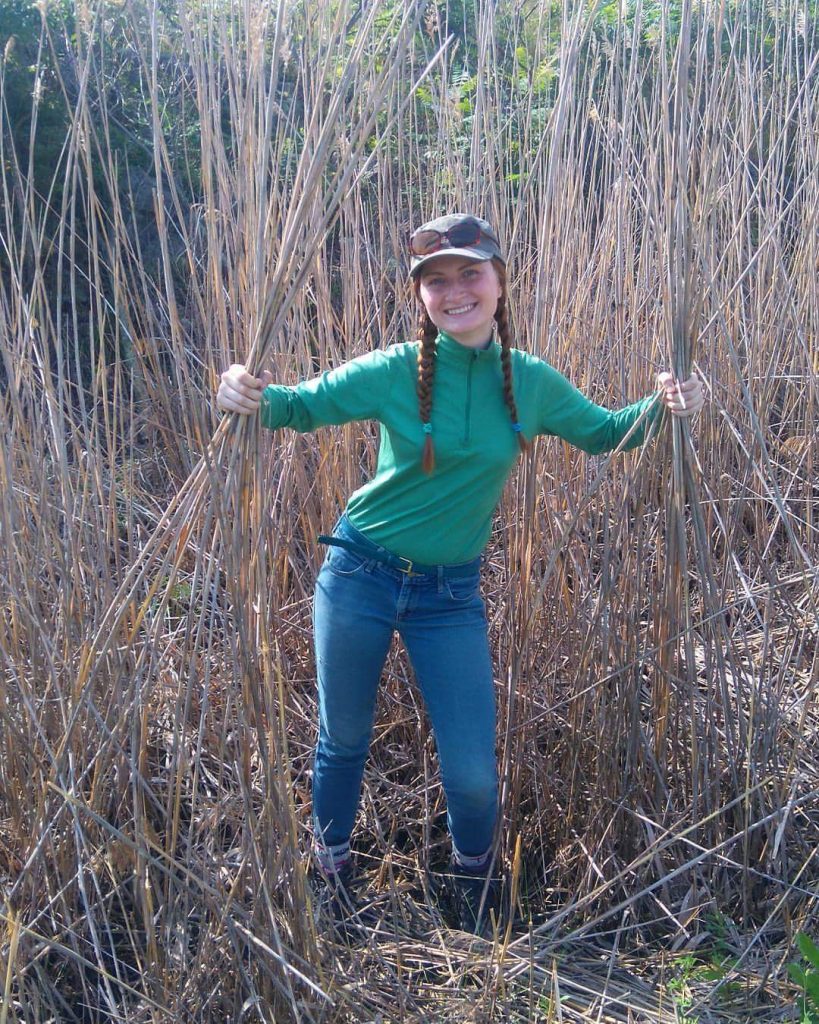
Hi, I’m Megan Quinn! I’m a conservation biologist, which means that I make sure animals have safe and healthy habitats where they can live and grow. I work with the Nature Conservancy of Canada in a part of Ontario called the Frontenac Arch, an ancient granite bridge with rugged, rocky slopes, thick, green forests, and beautiful wetland valleys.
Lots of animals live here. Some of my favorites are moose, Eastern wolves, and river otters. You can adopt one of these adorable animals from Earth Rangers to support my work! You’ll receive a cuddly plush toy, an adoption certificate, a trading card, and a cool poster for your wall. Check the adoption section in the Earth Rangers App for more information!
In the meantime, I’m here to give you an update on all the work I’ve been doing. I’ll also answer your burning questions about moose, wolves, and otters!
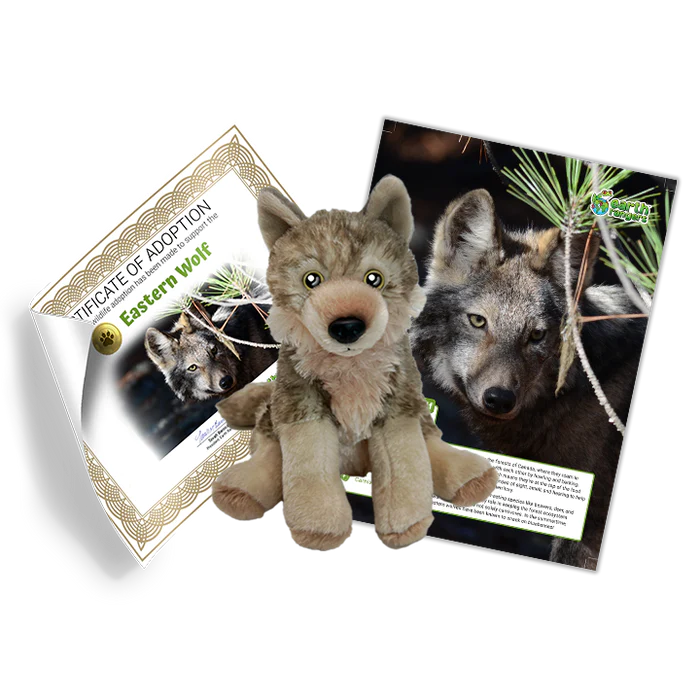
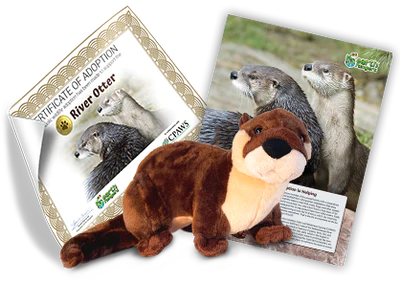
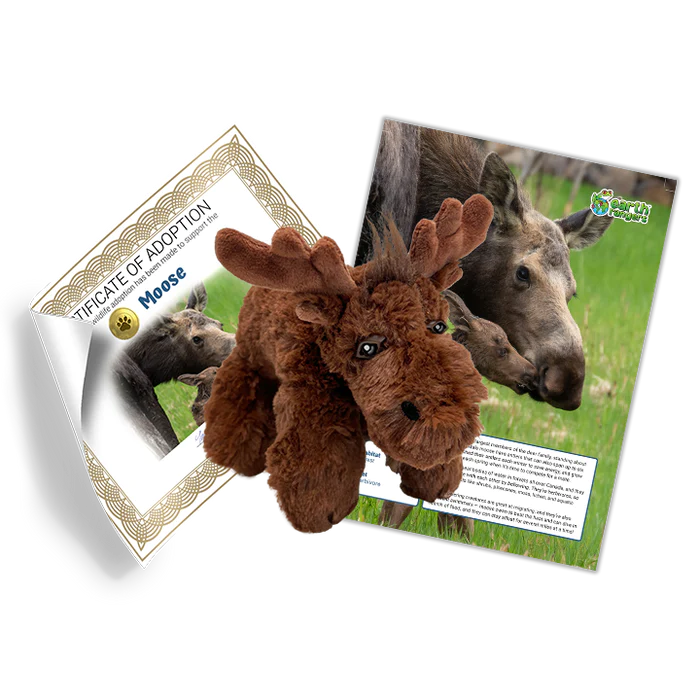
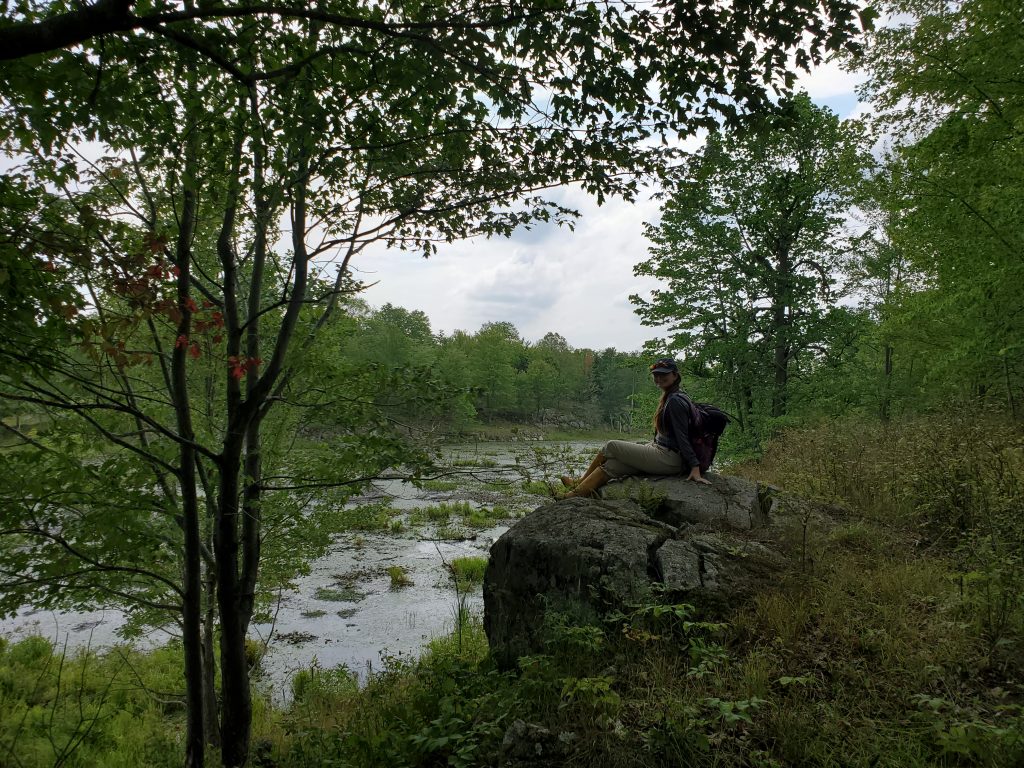
What I’ve Been Up to Since September
Autumn is the perfect time to do fieldwork in Eastern Ontario. It’s not too hot, there are no mosquitoes or black flies to bother me, and the leaves changing colours make the forests, wetlands, and rock barrens of the Frontenac Arch look spectacular.
A big focus of my work since September of 2023 has been habitat restoration. At the Nature Conservancy of Canada, we work to make sure that ecosystems, including those where the Eastern Wolf, River Otter, and Moose live, are healthy and thriving. Removing invasive species like the Common Buckthorn (Rhamnus cathartica) is one of the ways that we preserve these ecosystems.
Buckthorn is a small shrubby tree that was first brought to North America in the 1800s. Since then, it has aggressively spread into Canada’s natural areas, including the Frontenac Arch. When Buckthorn invades an ecosystem, it alters the soil chemistry of the area around it! This makes it easier for Buckthorn to grow, and harder for native trees and shrubs. Animals like wolves have a hard time moving around in dense stands of Buckthorn. It reduces the food available to them and their prey.
In autumn of 2023, my team and I removed Buckthorn from 12 different Nature Conservancy of Canada properties. During one volunteer event, 40 young conservation students helped our team remove over 1,000 Buckthorn trees in a single afternoon!
Invasive species sometimes feel like an impossibly big problem. But when youth come together to solve that problem, we make a big impact!
Fieldwork in a Winter Wonderland
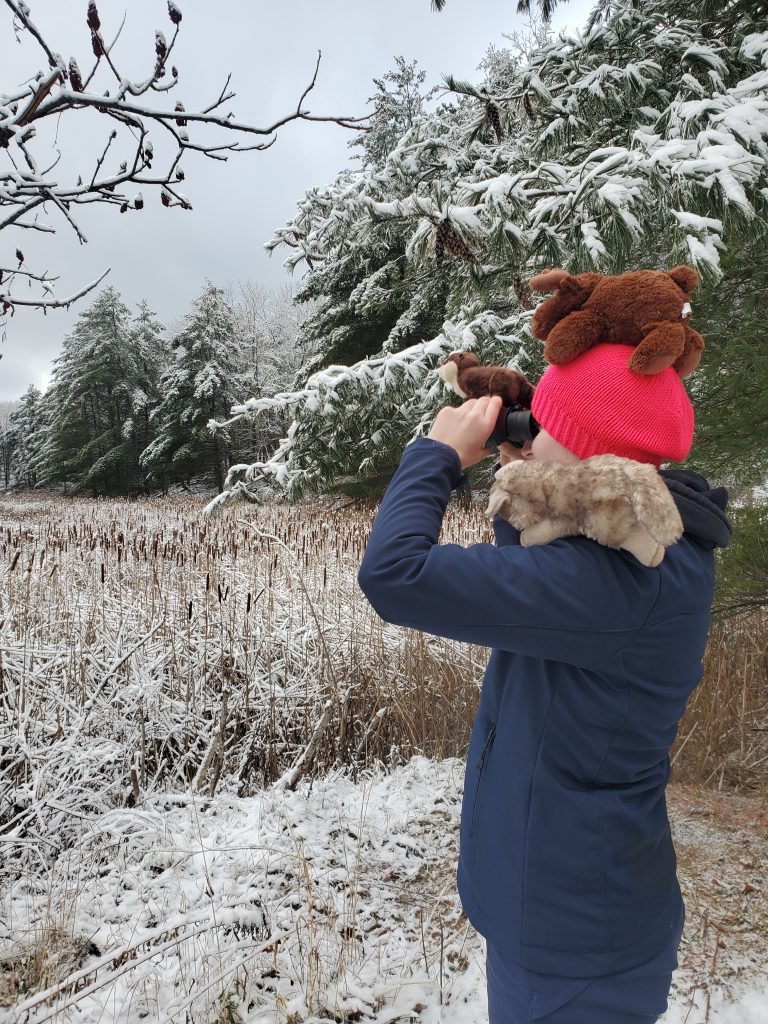
Most people think that I stop doing fieldwork in the winter, but that’s not true! In December of 2023, I put on my hat and mittens, and I set out with my team to do a Baseline Inventory field day in the Frontenac Arch at our newly acquired Blue Lake property.
When the Nature Conservancy of Canada acquires a property, either by buying it, or because someone has donated it to us, one of the first things we do is record all the anthropogenic features, or human-made things, like trails, gates, signs, and parking areas. We also record all all the natural things, like species at risk, invasive species, and any other threats we might see on the property. This information helps us decide what actions we can take to make the property better.
I’d heard rumours from our neighbours that the Blue Lake property is a popular place for river otters to live, so I brought along my favourite Frontenac Arch furry friends to see if we could spot them. Unlike a lot of species that hibernate in the winter, river otters are very active, and you’ll often see them playing in the snow or bounding across frozen lakes. One of the easiest ways to find them in the winter is to look for tracks. Using my binoculars, I looked out at the snow-covered ponds and lakes on the Blue Lake property to see if I could find any tracks. Often, there’s a line in the middle of the rows of paw prints from their tails dragging in the snow. I did see some, quite far away. But when my team and I explored around the lake, we saw a series of otter slides! These are areas where the otters slide from one wetland to another as they play and move around their habitat.
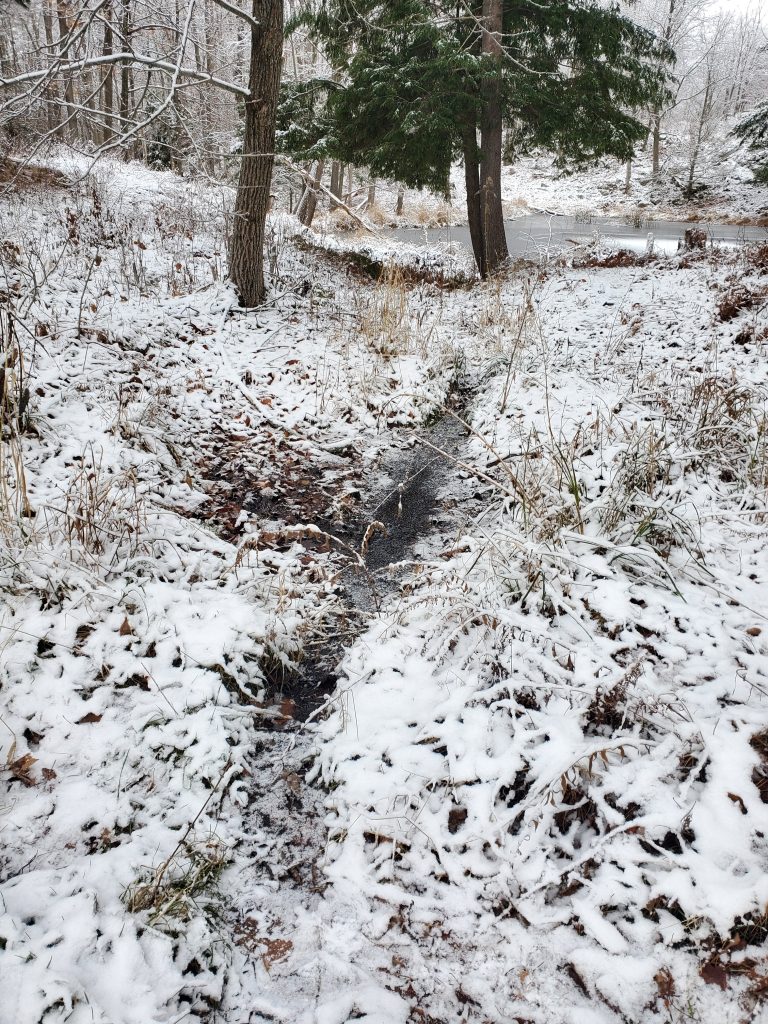
I didn’t see any river otters that day, but I know they’re there, and I’m looking forward to coming back in the spring!
What Comes Next?
This winter, I will still be working on important conservation projects, but you’re more likely to find me behind my desk than in the middle of a forest.
In 2023, my team and I did 140 different field days. That’s 140 sets of field notes, photos, and data to process. It’s important that we keep our database up to date so we can use the best possible science to make decisions. I also do a lot of report writing in the winter. Those 140 days included everything from surveying species at risk to setting up trail cameras to removing dump sites and invasive species. I take all the data we collected over the field season and use it to build a plan for next year.
The snow and cold weather mean I can’t do a lot of the outdoor tasks on my to-do-list, but I’ll try to get out at least once every two weeks to look for wildlife and monitor trails on Nature Conservancy of Canada properties.
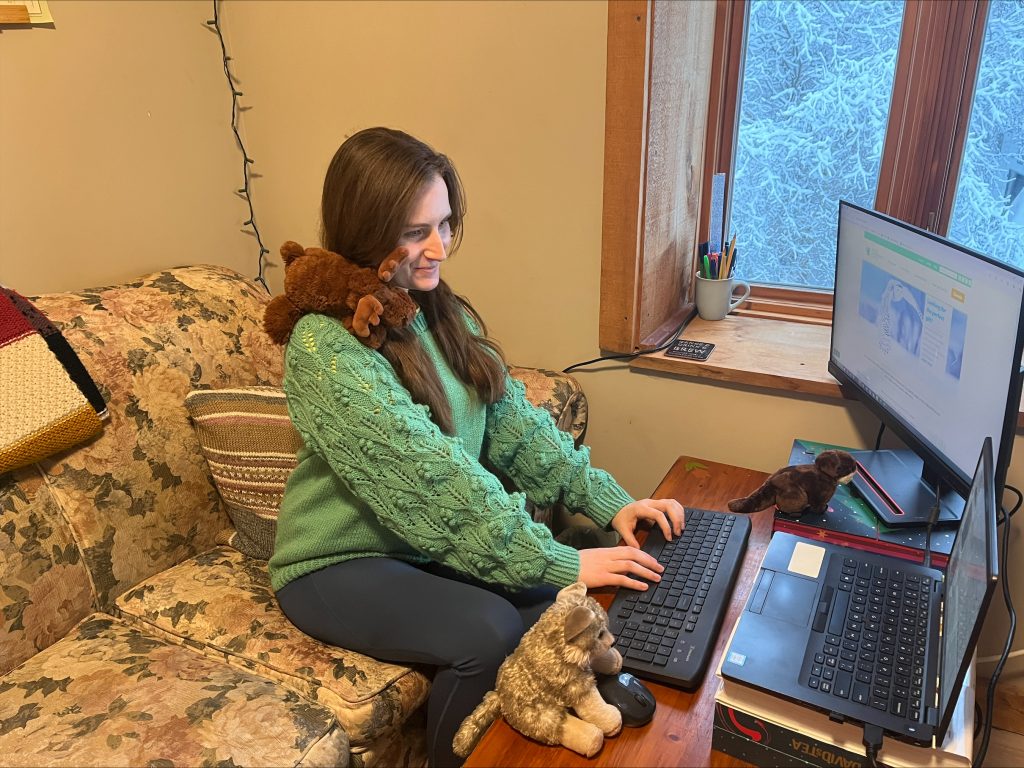
Now It’s Time to Answer Your Questions!
Where Do Otters Live?
What Do Wolves Eat?
Why Do Moose Lose Their Antlers?
Why is a Moose Called a Moose?
How can kids support conservation?



Now I know why a moose is called a moose.